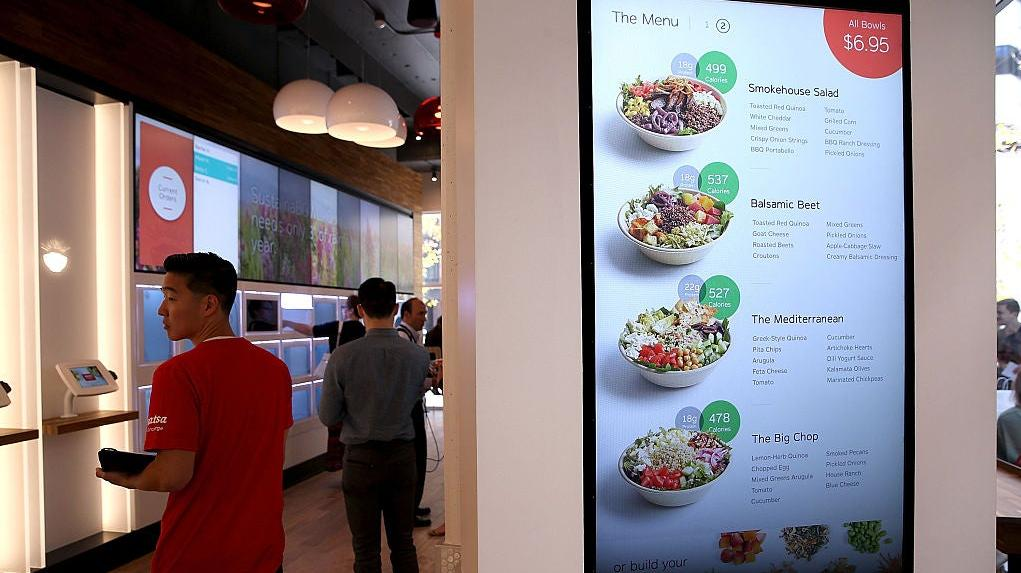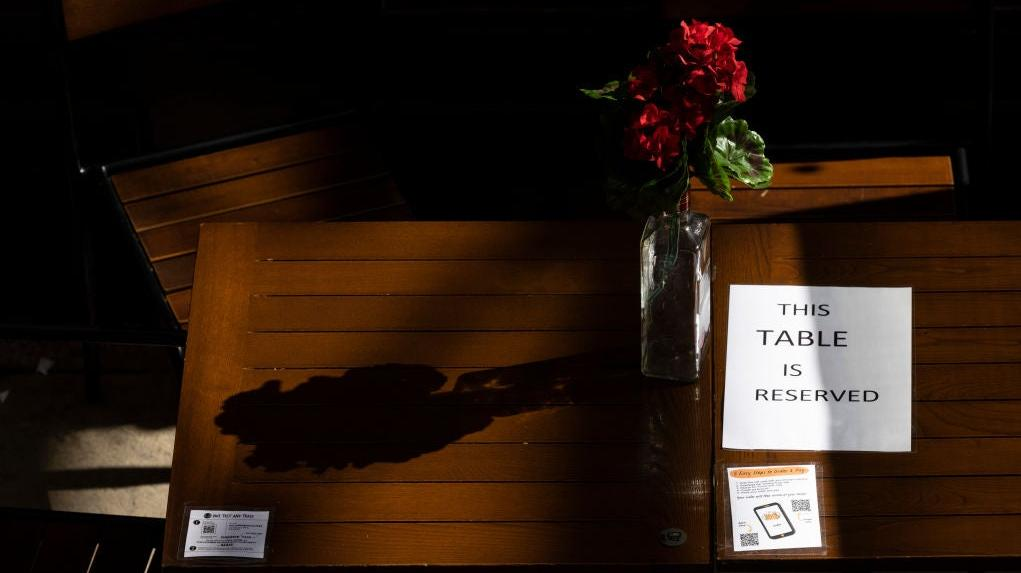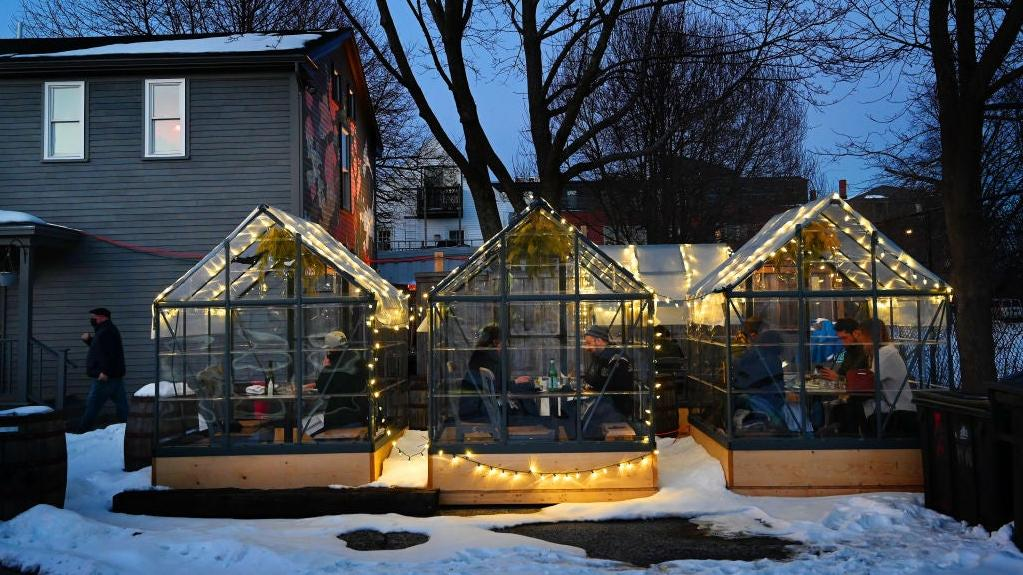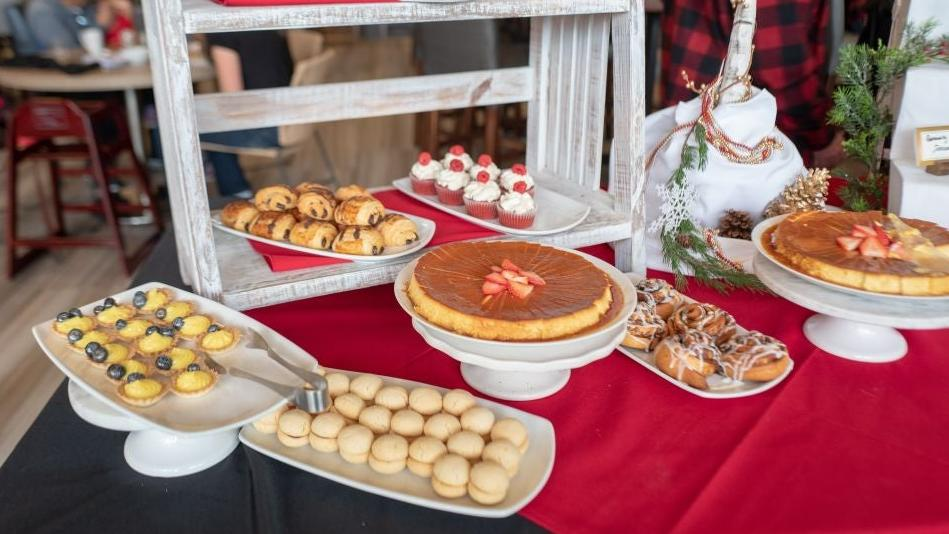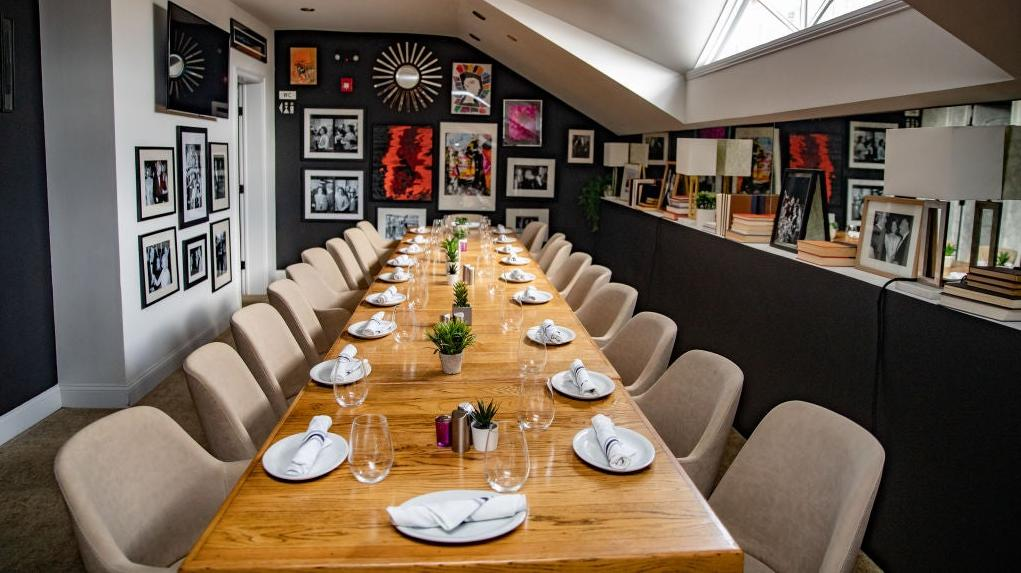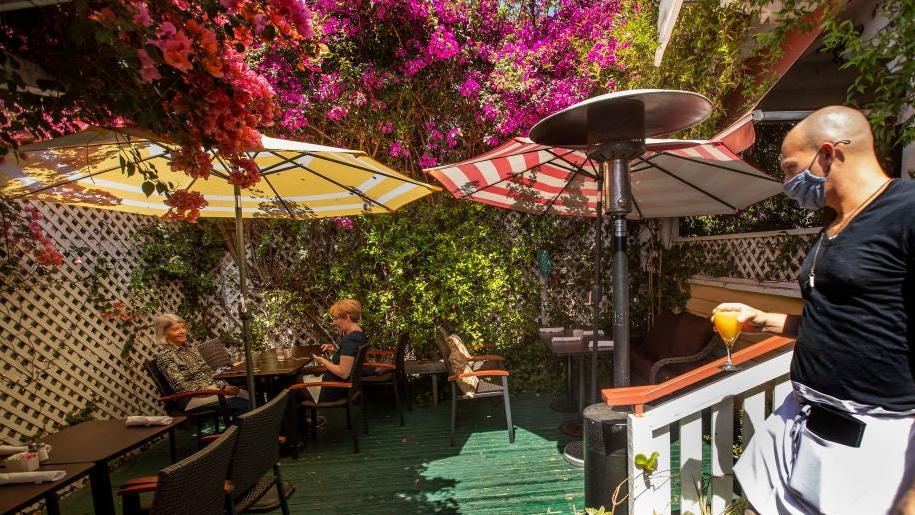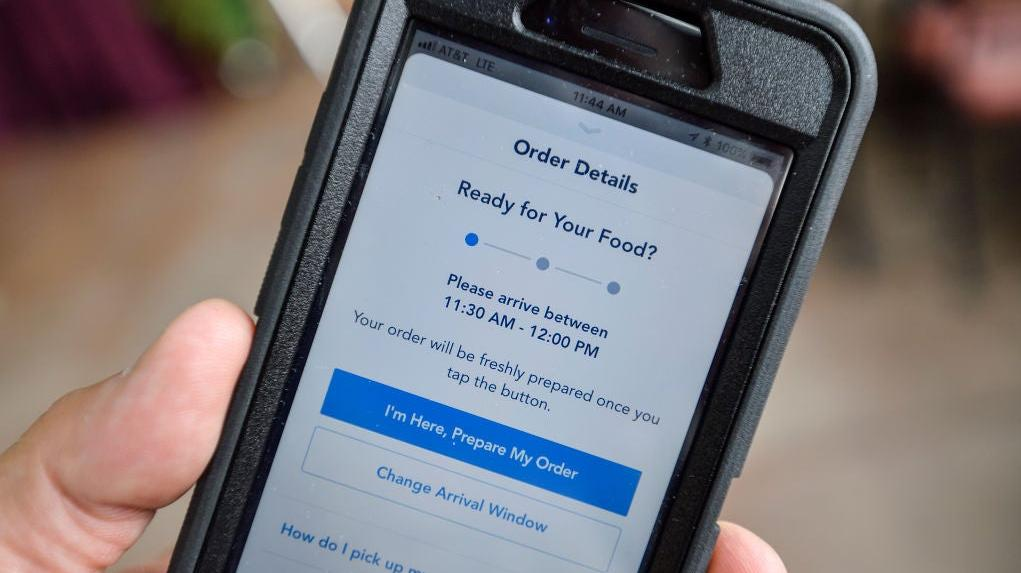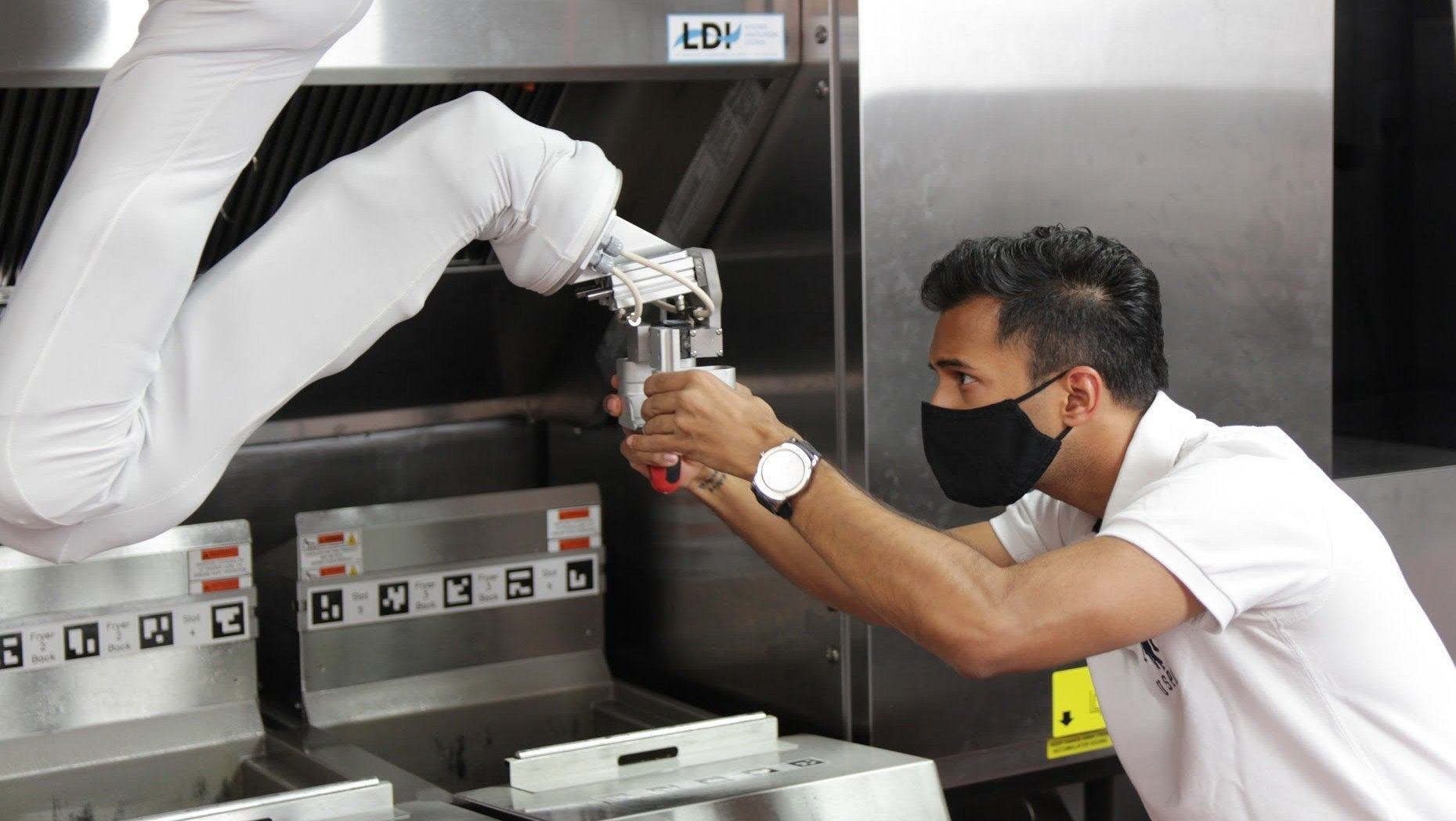How Dining Will Be Different In 2022
It's not just the pandemic—modern tech and shifting tastes are changing the way we dine, too.
Before March 2020, it would have been inconceivable to say, "I want to celebrate my birthday this evening—how about we order a six-course meal from a five-star restaurant and take it to go?" Yet that is exactly what the pandemic necessitated, and what our modern tech landscape has enabled. More takeout is being ordered than ever before, and dine-in service often requires proof of vaccination. Who could have seen any of this coming?
But it's not just COVID-19 that has changed the way we dine. A whole host of other innovations are slowly but surely shifting the restaurant experience. In the following slides, we present our predictions for how dining out will be different in 2022, and which current trends might fade away.
More reservations, fewer walk-ins
In 2020, public-health-related dining room capacity limits suddenly required restaurants to build in reservation infrastructure that most of them didn't have before. It was important to know who was showing up when, and to control the flow of customers however possible; many restaurants even enacted strict time limits and didn't let groups larger than four dine at one table, all in the name of following public health guidelines and restrictions.
In 2021, those reservation systems stuck around—not necessarily because of capacity limits, many of which had lifted by the start of this year, but because restaurants needed assurance for a different reason: staffing. With the ongoing staff shortage across the restaurant industry, it's reasonable to think that advance reservations will still be required for dining at a number of your favorite neighborhood spots; this can help a restaurant to more precisely assign the right number of servers to a particular shift, and deposits built into the reservation systems can help mitigate the fallout from no-shows and last-minute cancellations.
Privacy-forward restaurant design
Earlier this year, we reported on some of the most popular restaurant design elements that emerged during the height of the pandemic. At the time, designers were focusing on privacy-forward architecture—everything from plastic partitions to booths shrouded in lush greenery. "We'll be designing restaurants where privacy is key, so that small groups can gather in intimate spaces, well distanced from others," designer Patricia Urquiola said at the time, explaining that designers are using furniture, greenery, and lighting to create a cocoon of sorts for customers.
Pandemic or no pandemic, we don't see this trend going away any time soon. Restaurant patrons seem to have become accustomed to the more private approach, which includes everything from spaced-out dining tables to QR code ordering systems that allow for minimal server/patron contact.
Bye-bye, buffets
Clock this as one of the things we can't believe we did pre-pandemic. The entire concept of buffets is an invitation for germ exchange. Open trays of food with only a small glass shield to somewhat protect your meal just doesn't sound as appetizing as it used to. Not to mention, we'd all use the same big serving spoon to scoop the food onto our plates. While we're sure some updates could be and probably have been made by many buffet-style establishments, we just don't think enough can be done to change perceptions now.
From a price standpoint buffets made sense as an easy place to take the family. Unfortunately, with an overall desire for better sanitization and the fact that buffets usually have many people out of their seats and walking around near food, it's unlikely dining this way will continue. Heck, even buffet-style wedding receptions or large parties in general sound like they're on their way out. Golden Corral, we salute you, but we just don't think 2022 is your year.
No more communal dining
Communal seating used to be a way to make a restaurant feel like one big open party (and maximize a small dining room space). But sharing close quarters with other people, many of whom are strangers to each other, doesn't carry the same appeal now. Since restaurants are seating fewer people altogether, communal seating just doesn't make sense, so it's likely you won't see new restaurants focused on this design concept for years to come.
Better outdoor dining spaces
When the going got really rough for many restaurants, they switched seating arrangements to be outside. But since there was such a fast scramble to transform, there were many things to be desired, like tents, and outdoor heaters (which had their own set of problems) for cooler evenings. Expect to see nicer, expansive, and more comfortable patio spaces as business ramps up during the warmer months next year. It's a permanent part of the dining experience now, and one that diners will expect to be available going forward.
More pick-up areas
Chain restaurants have seen massive overhauls of their dining rooms, looking to achieve a more sleek and modern look, but many of the redesigns have been focused on providing different, more efficient ways of picking up your takeout order. Curbside service and more drive-thru options are both ways of accomplishing this, as well as new build-outs that feature dedicated mobile pick-up areas inside the dining room itself—a testament to the fact that so many people now prefer to order their food to go.
Robots, robots everywhere
Robots have been championed as the future of the restaurant industry for years, but for the most part, the industry was slow to adopt them. Now, amidst the pandemic and the current labor shortage, the robot revolution has picked up steam. Companies like Miso Robotics have begun changing the way our food is cooked, with robots that can work grills and deep fryers. Major restaurant chains, which had been dabbling in robotic technologies pre-pandemic, began accelerating their plans for a fully-automated future. Even small, independently owned restaurants are getting in on the game, supplementing servers and bussers with autonomous robotic waitstaff. And the human-free robot restaurants of the sci-fi future? They might be here before you know it.
